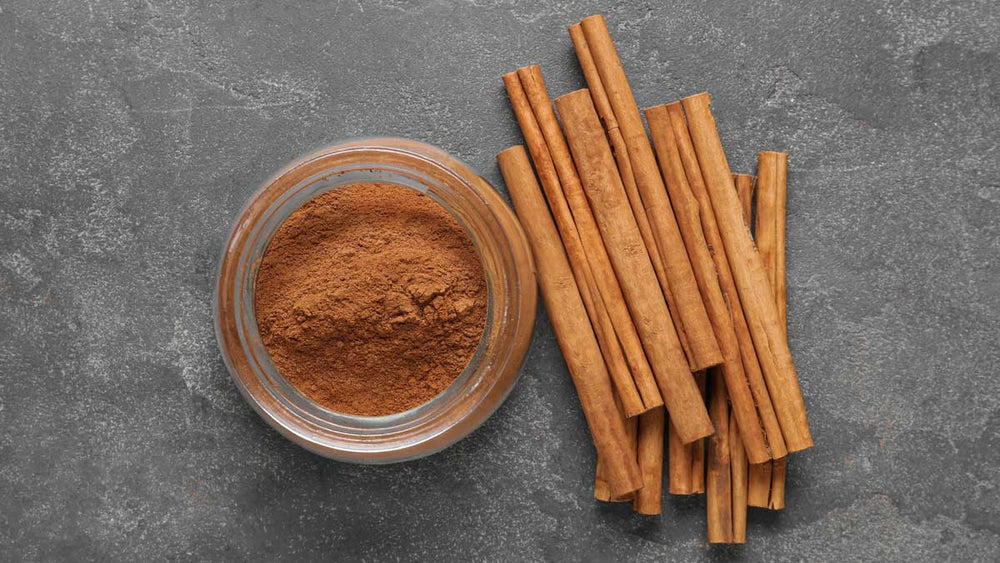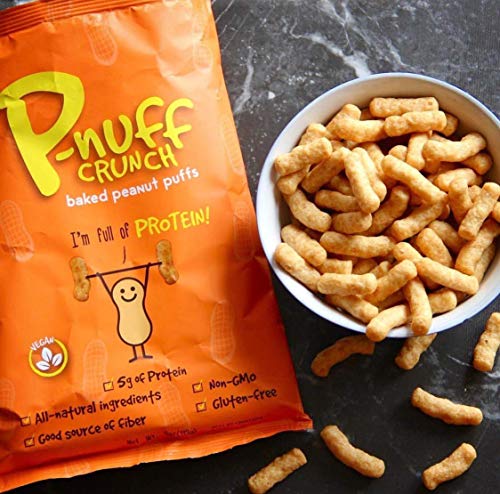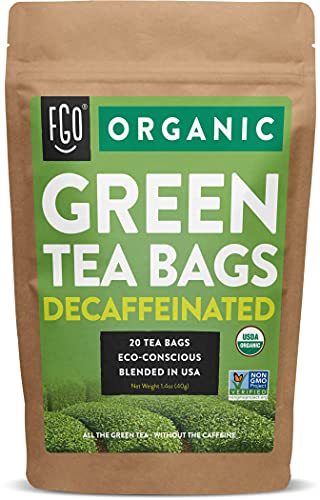Avoiding cinnamon? There’s a good chance you can welcome it back to your spice cabinet.
Cinnamon is a much-beloved “warm” spice that adds delicious flavor to both sweet and savory foods around the world. But among those with GERD and acid reflux, cinnamon is widely thought to make their conditions worse. A quick consult with “Dr. Google” won’t get you far though (as is often the case), since there are so many anecdotal reports and opinions on both sides of the question. So let’s take a look at what the science shows.
Does cinnamon trigger acid reflux?
You’re probably familiar with the foods that are commonly cited as triggers for acid reflux: chocolate, carbonated beverages, citrus fruit, acidic foods, caffeine, alcohol, and spearmint or peppermint. Among spices, nutmeg, as well as chili pepper, black pepper, and cayenne pepper, have been implicated as well. Like the other triggers, spicy foods are not a trigger for everyone. And, while cinnamon itself isn’t usually considered “spicy,” it is paired with other spices in some foods (nutmeg or pepper for example).
That said, there are no studies that have found cinnamon is a trigger for acid reflux. On the other hand, no studies are showing it is not a trigger—probably because no studies have looked specifically at cinnamon. Research indicates that spicy foods do not appear to cause any physiological changes, such as relaxing the lower esophageal sphincter, the way that some foods do. However, in some people, spicy foods may mimic the feeling of acid reflux by directly irritating the esophagus.
Is all cinnamon the same?
There are two notable types of cinnamon, Cassia cinnamon from southeastern Asia and Ceylon cinnamon from Sri Lanka. They are both obtained from the bark of trees, but they have different flavor profiles. Ceylon cinnamon is milder in taste and has a faint hint of citrus. Cassia cinnamon is bold in flavor and because it’s much less expensive than Ceylon cinnamon, therefore it’s what is typically found in the supermarket spice aisle and is the most commonly used variety for both home cooks, commercial bakeries, and food manufacturers.
Should I avoid cinnamon?
According to the American College of Gastroenterology’s most recent guidelines for managing reflux disease, the recommendation for avoiding trigger foods (including spicy foods) has limited and variable research data behind it. This is likely because individuals with acid reflux vary in their ability to tolerate different foods, making it hard to establish a list of foods that are definite triggers for everyone.
If you seem able to tolerate cinnamon, then there’s no reason to avoid it.
However, if you find that your symptoms worsen when you eat cinnamon-containing foods, by all means, eliminate it—at least for a few weeks, to see if your symptoms improve. Realize, however, that cinnamon is rarely ingested by itself. It’s usually found in mixed dishes which can often contain other suspected trigger foods or ingredients, so it can be difficult to determine if cinnamon is the real culprit. You may also want to try using Ceylon cinnamon instead of the more common Cassia cinnamon and see if you still have symptoms. Although there are no studies that prove it, there’s a chance that you may tolerate Ceylon cinnamon better because it’s less intense in flavor and less “spicy.”
- Heidarzadeh-Esfahani, N., Soleimani, D., Hajiahmadi, S., Moradi, S., Heidarzadeh, N., & Nachvak, S. M. (2021). Dietary Intake in Relation to the Risk of Reflux Disease: A Systematic Review. Preventive nutrition and food science, 26(4), 367–379.
- Yeoh, K. G., Ho, K. Y., Guan, R., & Kang, J. Y. (1995). How does chili cause upper gastrointestinal symptoms? A correlation study with esophageal mucosal sensitivity and esophageal motility. Journal of clinical gastroenterology, 21(2), 87–90.
- Cinnamon. National Center for Complementary and Integrative Health, US Dept of Health and Human Services. (n.d.). Retrieved April 25.
- Katz, P. O., Dunbar, K. B., Schnoll-Sussman, F. H., Greer, K. B., Yadlapati, R., & Spechler, S. J. (2022). ACG Clinical Guideline for the Diagnosis and Management of Gastroesophageal Reflux Disease. The American journal of gastroenterology, 117(1), 27–56.




















Comments
Allison Koch, PhD, RDN
10/03/2025 at 09:44 AM
Hi Bob! Thank you for your comment. I appreciate that you brought up the potential for tannins to exacerbate acid reflux in individuals who are sensitive to them. One potential solution would be to try a lower-tannin cinnamon, such as Ceylon (especially organic Ceylon), versus Cassia cinnamon. Cassia cinnamon has a higher tannin content than Ceylon.
Bob
10/03/2025 at 09:37 AM
cinnamon has tannins. It may be the tannin that causes indigestion.
Join The Conversation...